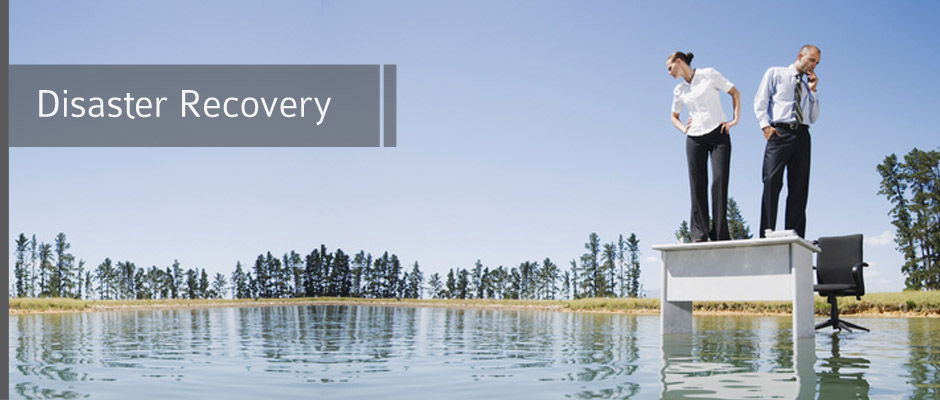I’ve attended many disaster recovery (DR) meetings, but unfortunately, it’s usually on the list of budget items that gets “pushed back” until next quarter or next year. Every year. With the increasing number of natural and unnatural disasters, it’s important to understand the value of disaster recovery, and have a plan for implementation.
So, where do we start?
This exercise will very likely help you understand how catastrophic the effect of a disaster would be on your business. Take a couple minutes to really think about your workday. Breakdown the difference between your critical and non-critical data. What must be immediately recovered if an outage or disaster were to strike? What are the absolutes you cannot function without? Once this is identified, examine your time objectives, and you’ll be ready to move on with your DR plan.
Cloud service as DR
This means adding email hosting, antivirus monitoring, and data storage to Cloud solutions. (but Sean, what is “The Cloud” !?)
Most small businesses use Cloud services as an option because it minimizes hardware while increasing piece of mind. It also makes your data available 99.9999% of the time.
One of the fallbacks: your internet speeds better be up to snuff; and your network may need to be rebuilt with better equipment.
DRaaS (Disaster Recovery as a Service) providers
A DRaaS provider has all the resources to ensure a large corporation will be “business as usual” in the case of a disaster. This involves a requisite data center, staffing, and operational capabilities. Basically the technology of your business runs in some hosting center, and is most often redundant.
What now?
Before hiring a provider, do sufficient research and due diligence to ensure they can assist in the recovery of files as well as provide technical support in a timely manner. Because a DR plan can be pretty complex, it’s a good idea to have guidance from a knowledgeable consultant. Anyone want to email me?!

